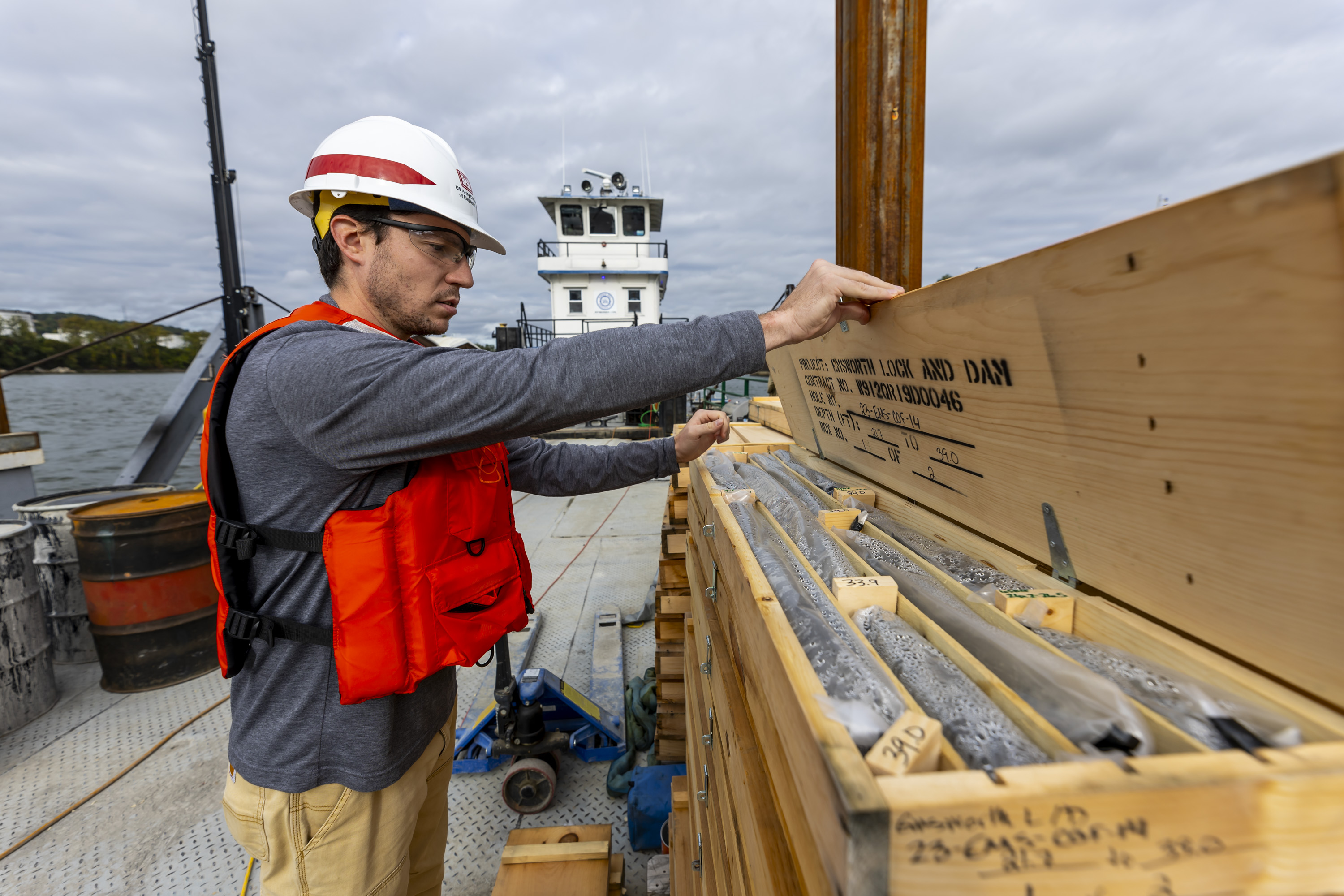Consulting Engineers: Specialized Engineering Services for Numerous Industries
How Consulting Civil Engineering Firms Add To Effective Task Administration and Layout Implementation
Consulting civil engineering companies are essential to the success of building tasks, merging technical efficiency with tactical oversight. By concentrating on layout optimization and danger mitigation, these companies guarantee that projects are not only practical however additionally lasting and economical.
Duty of Civil Designers
Understanding the function of civil engineers is crucial for the effective monitoring of building and construction jobs. Civil engineers function as the foundation of facilities growth, making sure that projects are developed and executed to meet performance, sustainability, and security standards. Their know-how includes numerous elements of design, including architectural, ecological, and geotechnical specializeds.
Civil designers are liable for carrying out expediency studies, which evaluate the viability of suggested tasks by analyzing financial, technical, and environmental elements. They create thorough plans and specifications, incorporating cutting-edge options to optimize materials and resources. Throughout the building and construction stage, civil designers look after the project, teaming up with stakeholders, designers, and specialists to guarantee adherence to make specs and regulative needs.

Project Planning Techniques
Effective job preparation approaches are crucial for guaranteeing that building jobs are carried out smoothly and successfully. Consulting civil design firms play an essential function in this procedure by employing thorough preparation techniques that resolve numerous task stages. Initially, a thorough evaluation of task range and customer requirements is performed, enabling for the identification of critical landmarks and deliverables.
Additionally, these firms use devices such as Gantt graphes and project monitoring software application to create thorough timelines, making it possible for efficient scheduling of jobs and source appropriation. This organized method aids to prepare for prospective traffic jams and allocate necessary resources proactively. Risk administration is an additional vital element; firms carry out threat analyses to determine prospective concerns that could emerge throughout the job's lifecycle, implementing reduction techniques to lessen disturbances.
Furthermore, stakeholder involvement is emphasized throughout the planning phase. Routine interaction with clients, contractors, and local authorities ensures that all parties are straightened with project goals and timelines. By integrating these techniques, seeking advice from civil design companies improve the likelihood of task success, making sure adherence to budget plan restraints and governing demands while promoting a joint environment.
Design Optimization Methods
Style optimization techniques are important for enhancing the performance and sustainability of civil design tasks. These methods include the systematic evaluation of design criteria to attain the very best possible results while minimizing expenses and resource usage. By making use of innovative computational tools and algorithms, engineers can assess different style options and pick the most effective options based on details task standards.
One widely made use of technique is parametric layout, which permits the manipulation of design variables to observe their effect on overall task efficiency. This iterative procedure causes cutting-edge remedies that not only satisfy practical demands yet additionally comply with environmental requirements. Additionally, strategies such as value engineering emphasis on enhancing task components to make best use of worth while lowering unneeded prices.
Additionally, the combination of Structure Info Modeling (BIM) assists in much better cooperation among stakeholders, enabling real-time modifications and enhancements to layouts. This all natural sight promotes a comprehensive understanding of the job, leading to educated decision-making. Inevitably, effective style optimization techniques lead to boosted project timelines, minimized waste, and boosted structural efficiency, contributing to the general success of civil design ventures.
Danger Management Methods
Danger management methods are vital in guaranteeing the effective distribution of civil engineering jobs, as they assist determine, analyze, and alleviate possible risks that can impact task end results. Effective danger administration is a methodical procedure that involves the recognition of dangers, evaluation of their possibility and impact, and the development of methods to resolve them.
Consulting civil design companies typically utilize a combination of measurable and qualitative danger analysis methods Resources (geotechnical engineering companies in south africa). Qualitative techniques, such as brainstorming sessions and experienced interviews, aid gather insights on possible threats from various stakeholders. Conversely, quantitative techniques entail statistical analysis and modeling to figure out the likelihood and potential impact of determined risks
As soon as risks are analyzed, firms apply mitigation strategies, which may consist of threat evasion, transfer, reduction, or acceptance. This can involve redesigning task components to eliminate threats or safeguarding insurance coverage to offset potential financial losses. Constant surveillance and testimonial of threats throughout the task lifecycle are also crucial, permitting prompt modifications to risk administration techniques as brand-new hazards arise.
Collaborative Interaction Practices
Enhancing job end results via collaborative communication methods is important for speaking with civil engineering companies. Reliable interaction fosters a culture of openness and depend on amongst stakeholders, which is essential for the successful implementation of engineering projects. By implementing structured communication networks, companies can guarantee that all celebrations-- customers, professionals, and team members-- are straightened on project deliverables, timelines, and goals.
Normal meetings, both official and informal, facilitate the exchange of ideas and comments, enabling real-time problem-solving and decision-making. Utilizing joint devices such as project administration software urges documents and monitoring of progress, while enabling helpful hints immediate accessibility to important details.
Furthermore, active listening and open discussion are essential components in a joint setting. By valuing varied point of views, firms can innovate and adjust designs that fulfill both technical demands and client assumptions. In addition, promoting a team-oriented ambience decreases misunderstandings and elevates the overall high quality of job.

Final Thought
Finally, speaking with civil design companies are important to successful task monitoring and style implementation. By employing calculated planning, style optimization, and effective threat monitoring, these companies improve job performance and sustainability. Their dedication to collaborative communication further guarantees stakeholder alignment and fosters a participating environment. Inevitably, the proficiency and approaches used by getting in touch with civil designers dramatically contribute to accomplishing project objectives while decreasing expenses and taking full advantage of resource utilization.

In verdict, consulting civil engineering firms are important to successful job management and style implementation.